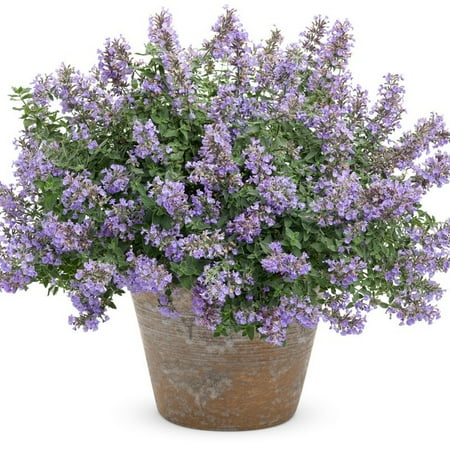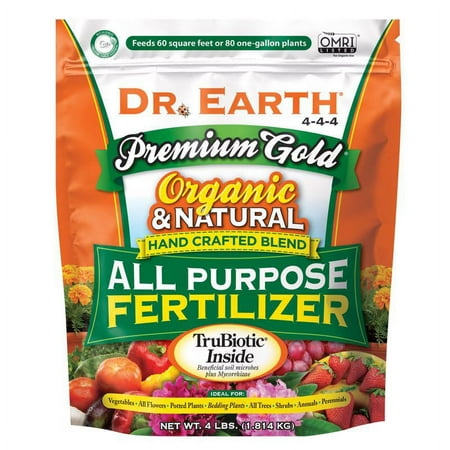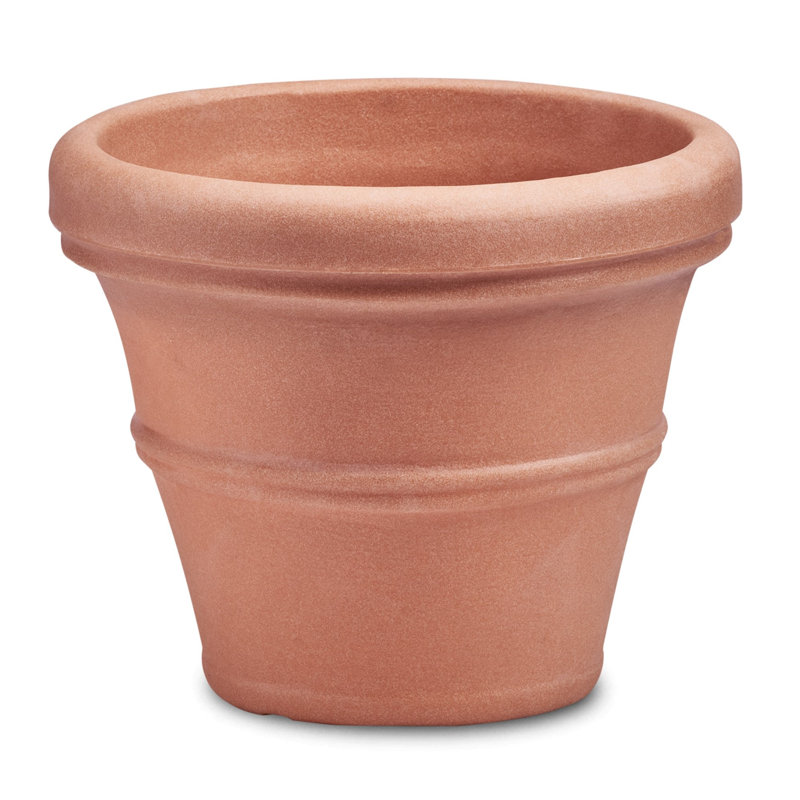Where to grow catmint – experts reveal the best locations to maximize fragrant, colorful blooms in your yard
Catmint is a spectacular perennial, but planting it in the wrong place can limit its floral display
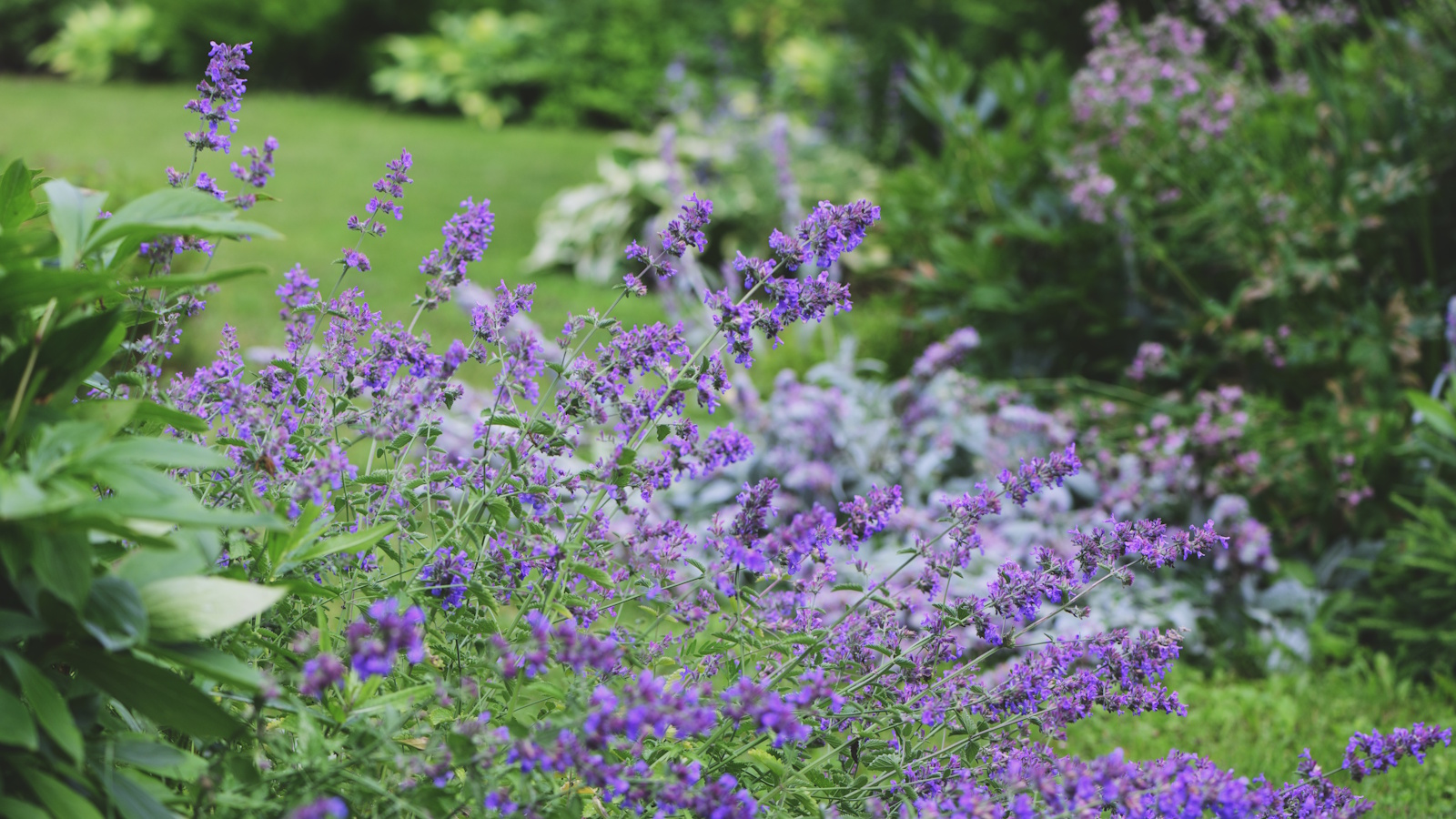

Catmint, or Nepeta spp., is an impressive flowering perennial, usually blooming from late spring through to late summer. I first fell for catmint a few years back, while working as a gardener in Italy, tending to a sun-drenched gravel garden just outside of Pienza. As you can see in the image below, it was full of silver stachys, flowering cistus, fragrant rosemary and frothy purple clouds of catmint and salvia.
Yet, all of this was low-maintenance and relatively self-sufficient, largely because the right plants had been chosen for the right place. Indeed, these Mediterranean species thrived in the hot and dry garden. In my experience, once you get the conditions correct, catmint really is an easy option for any level of gardener, from beginners to expert horticulturists.
So, if you’re looking to add some fragrant plants into a border or pot display this year, taking time to learn where to grow catmint is important. In this straightforward guide, I reveal where and how to grow catmint successfully, to ensure your summer garden thrives.
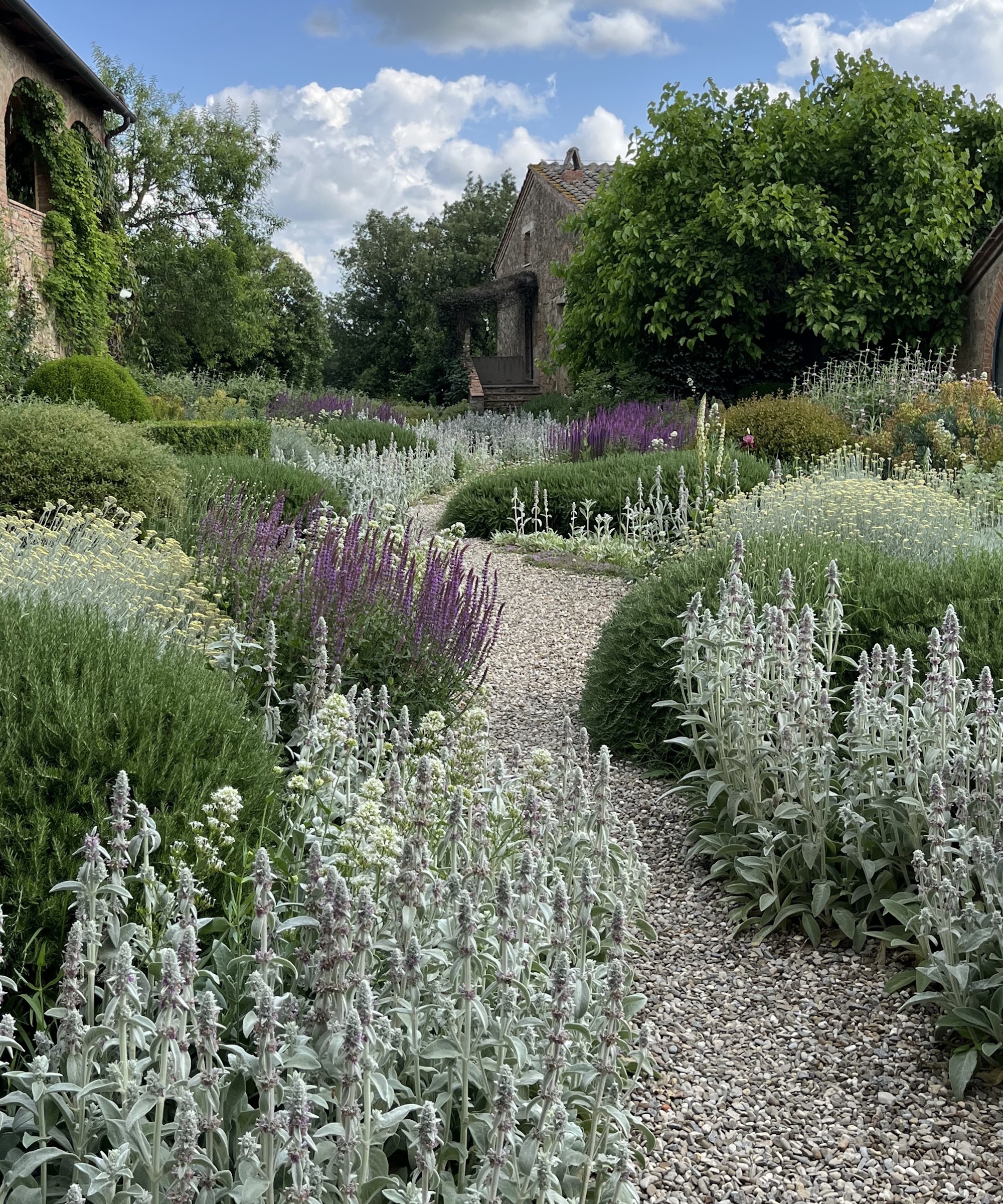
Where to grow catmint
Whether you are looking to grow catmint in pots or borders, getting the location right is important. While these are some of the longest-flowering perennials, in the wrong spot, their bloom period and vitality can be much reduced.
So, taking the time to learn where to grow catmint will pay dividends in the years to come, and ensure that plant health, growth and flowering are maximized.
Growing catmint in containers
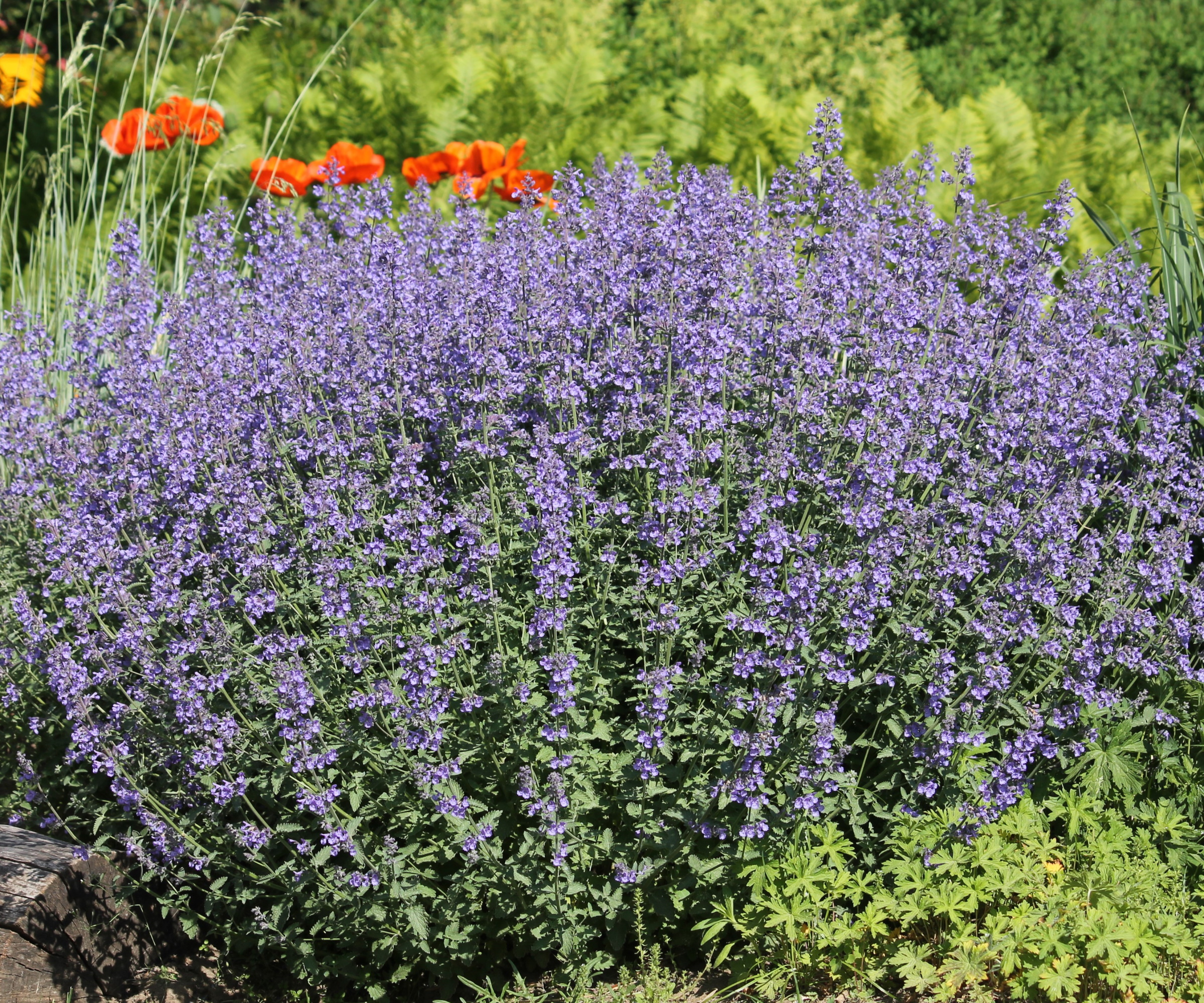
Catmint is one of the best plants for a sunny patio, and it can be used in both formal and informal gardens.
For an easy-to-grow option, try this 'Walkers Low' variety, with live plants available from Burpee. With fragrant foliage and purple flowers, this low-maintenance perennial will thrive in sunny, sheltered yards.
Design expertise in your inbox – from inspiring decorating ideas and beautiful celebrity homes to practical gardening advice and shopping round-ups.
While it will depend on the species, most can be grown somewhere from zone 3 to zone 9, but in cooler, northern areas, such as New York or Chicago, I would recommend positioning your pot in a sheltered, full sun position. In warmer regions, in Florida or Texas, some shade for a few hours in the afternoon is no bad thing.
Remember that many catmint species are Mediterranean plants, found growing in dry, sunny conditions. So, ensuring that your pot displays are situated in warm nooks is crucial.
Finally, always ensure that your pot has adequate drainage. While you don't want it to be so free-draining that the container holds no moisture, you also do not want your plant to be sitting in water. So, finding a balance is key.
Try this horticultural grit, available from Amazon, or this perlite from Walmart, which can be combined with good-quality potting soil to make a suitable free-draining mix in your vase.
Growing catmint in borders
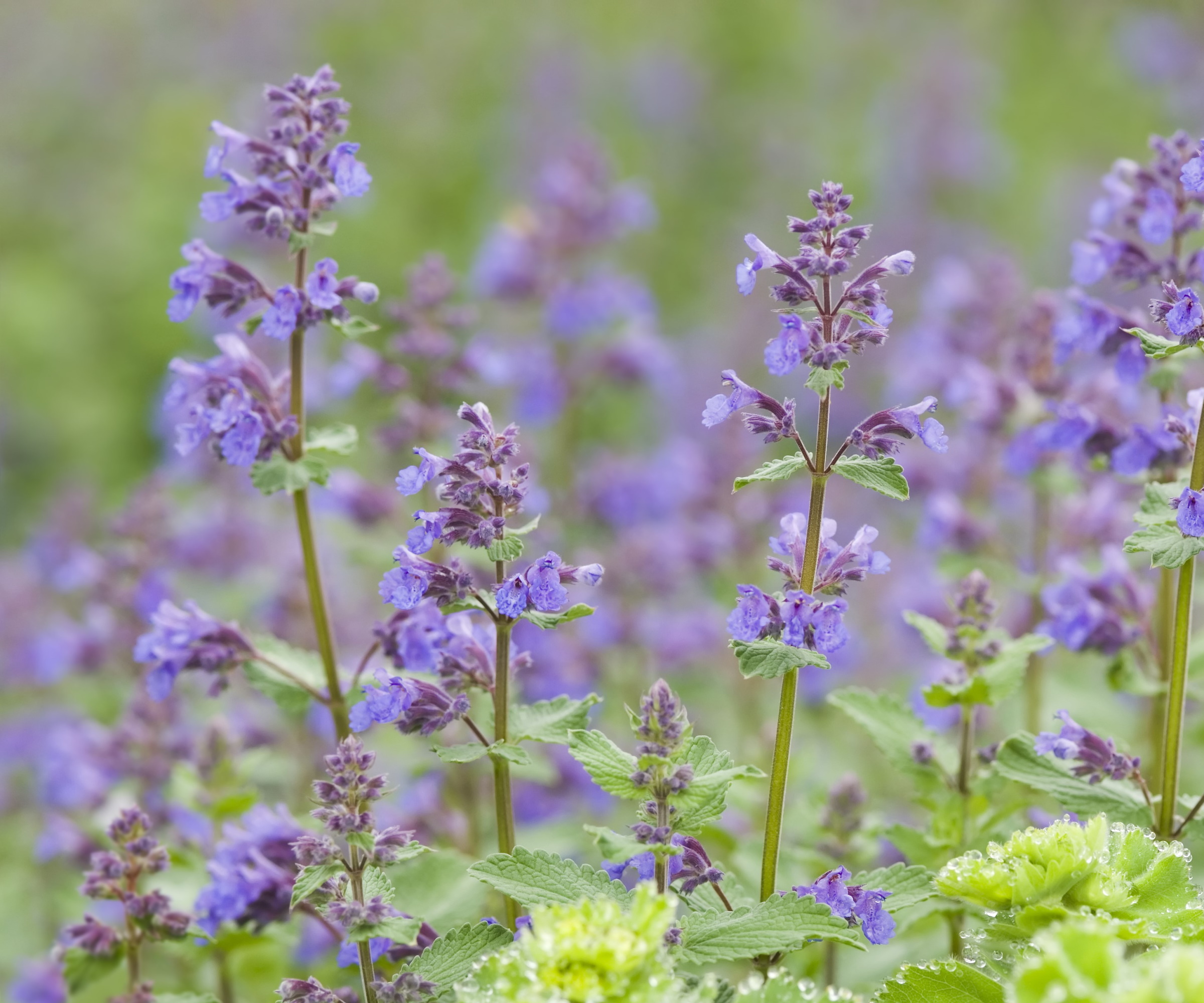
Catmint is ideal if you are looking to plant a cottage garden border this year, especially when you cluster these perennials in drifts alongside other fragrant and colorful species.
I love planting catmint at the front of borders where it can spill gently onto paths or soften the front of a planting scheme.
When planting in the ground, just be sure to provide a spot with plenty of sunshine in dry, well-draining soil. Much the same as growing in pots, it is not recommended to use catmint in damp or dark situations, which will reduce the potential of your plant.
Use something like this organic mulch from Back to the Roots, available via Walmart, which will help to improve soil structure, retain moisture and suppress weeds.
So, while these are considered perennials that thrive on neglect, ensure that the lighting and soil is suitable for these sun-loving and drought-tolerant flowers.
FAQs
Can I grow catmint in damp, wet soil?
No, catmint is not suitable for damp, soggy or moist borders. If your yard is prone to waterlogging in spring and fall, it is a good idea to grow catmint or other herbs in pots, which will provide suitable drainage that these drought-tolerant plants prefer.
Wherever you garden, just be sure to give your catmint a good, deep watering in the first few weeks and months after planting. While they are tough perennials, providing some water while they establish will ensure they get off to the best start in your yard.
For more inspiration, see our guide on gravel garden ideas, to fill your plot with striking fragrant species that can handle a little bit of neglect in poor and rocky soil.
Shop catmint growing essentials

Thomas is a Content Editor within the Gardens Team at Homes and Gardens. He has worked as a professional gardener for both public spaces and private estates, specializing in productive gardening, growing food and flowers. Trained in Horticulture at the Garden Museum, he has written on gardening and garden history for various publications, including The English Garden, Gardens Illustrated, Hortus, The London Gardener and Bloom. He has co-authored a Lonely Planet travel book, The Tree Atlas, due out in 2024.
